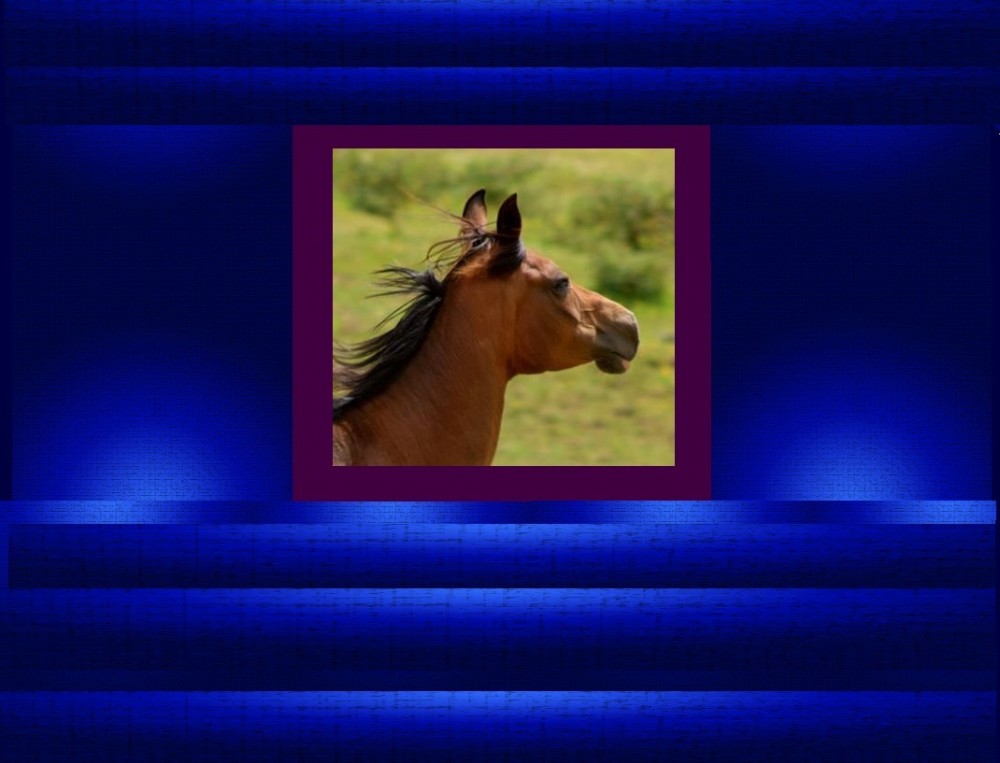Recently I saw this picture on a social media site:
The caption under the picture stated that this horse was put down for violent behavior and this tooth problem was discovered on necropsy.
In my own horse life I’ve found that unraveling the mystery behind some horses’ behaviors can require some real detective work. The case above should not have been so difficult. If the owner was doing any type of routine dental care, the problem would have been obvious. It seems impossible that this horse would have been eating normally and in good condition with this type of problem going on in his mouth. It might have been that it was difficult to get close to the horse to sedate him and get a dental exam, but that should have led to attempting oral sedation or a squeeze chute before arriving at the conclusion that the horse should be put down.
Other problems are not so obvious. However, it is important to understand that while some horses respond to pain by becoming withdrawn or quiet, others respond by becoming very aggressive and lashing out at other people and horses.
Several months ago I moved my mare, Valhalla to a new boarding facility and her usual traits that were somewhat difficult to deal with became extreme. Instead of being selective over her food choices, she became extremely picky. Rather than getting merely excited in a new place while being ridden or led, she was beside herself; leaping up and down and snapping at her handler. When let out into a canter, she bolted off in an unstoppable dead run with her head down and eyes glazed over, froth flying out of her mouth. She began grinding her teeth and her usual “I don’t really like being cinched” turned into tail swishing and foot stomping. Instead of just being assertive in the horse herd, she began actually biting other horses.
By now, those savvy horse people reading this might have guessed the problem. The stress of moving had given my poor mare ulcers. With the proper medication and time off from work, the ulcers resolved and my mare’s behavior became more normal.
However, during the treatment period the vet drew some labs and discovered that my mare’s CK and AST were elevated. Since this was after a period of rest, it was a suspicious finding. Many horses that have elevations in these enzymes after rest or only mild exercise are diagnosed with a condition called PSSM (polysaccharide storage myopathy). There are several types of this inherited disease. Studies in Quarter Horses have led to the ability to test for the disease by hair samples, but since my mare is Arabian the only way to find out if she has the disease is by doing an invasive muscle biopsy.
http://www.cvm.umn.edu/umec/lab/PSSM/home.html
Fortunately, even without a definitive diagnosis the treatment is the same. Horses must be put on a very high fat, low sugar/starch diet. I suspect my mare has the type of PSSM called RER (recurrent exertional rhabdomyolysis). This type is often seen in excitable female horses.
From what I’ve read, some horses blamed for aggressive and dangerous behavior have been discovered to have PSSM. In many cases, especially with type I PSSM, horses get stiff and can’t move well. These horses, often draft and quarter horses, get blamed for lazy attitudes and stubbornness. RER is a little different, because even though the muscles are having spasms and causing pain, the excitable temperament of the horses will often allow them to work through the pain.
These are horses that seem to get more excited and have choppier strides as they are ridden longer. Instead of burning off some energy and getting loosened up as the ride goes along, they get stiffer and less calm as their muscles cramp and cause them pain. On a slower, relaxed ride the horse might not exhibit symptoms, but if allowed to get too excited the gaits will stiffen up and the horse may seem unable to stretch out or relax. It is noticed often on the racetracks when a horse is held back from going as fast as she wishes on a training ride.
What I’m noticing so far after having Valhalla on the high fat diet for two months is that she still gets very excited at times, but she seems to be having more instances where she can calm back down fairly quickly. This was never possible for her in the past; once she came up to a certain level of excitement, she would stay there no matter what I did. In the mornings I would notice that she would walk out a little stiffly from her stall, which I attributed to “a touch of arthritis” or “standing too long.” Since the diet change I haven’t seen her walk out stiffly in the mornings, so I am hoping that means her muscles are experiencing less cramping and tightness.
If your horse jigs frequently and has difficulty stretching out, look into PSSM or other neuromuscular disorders


